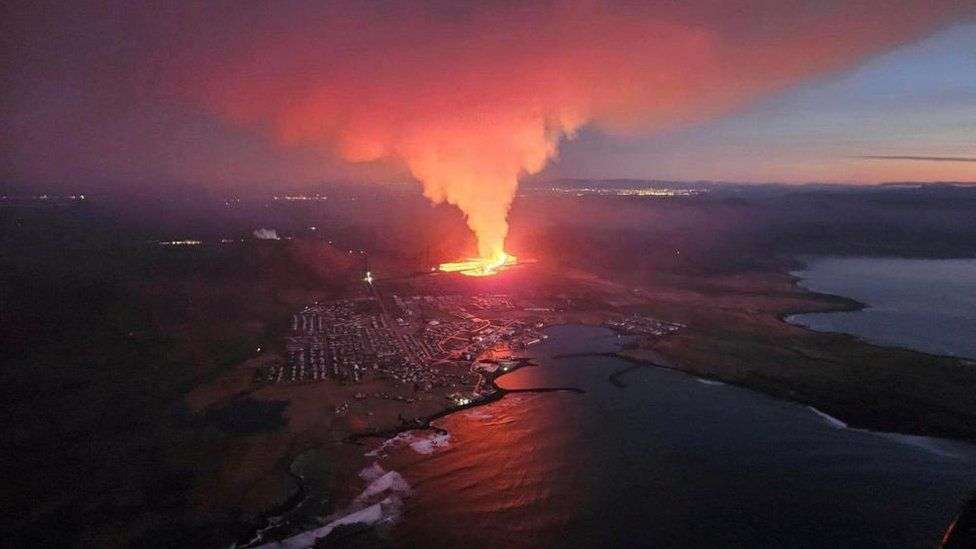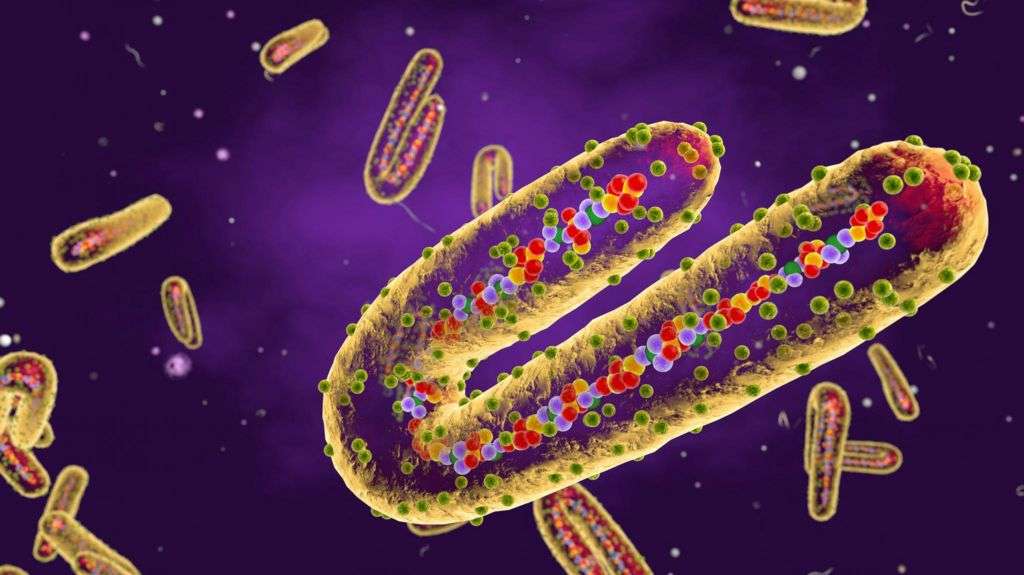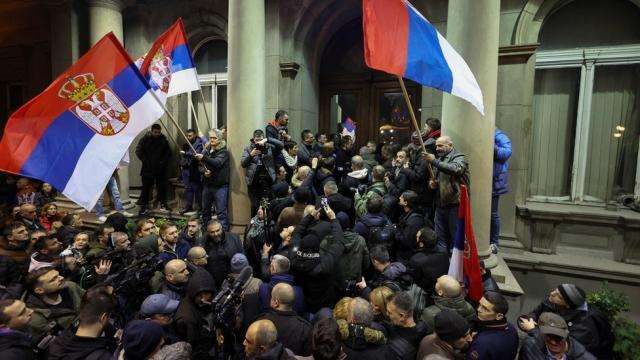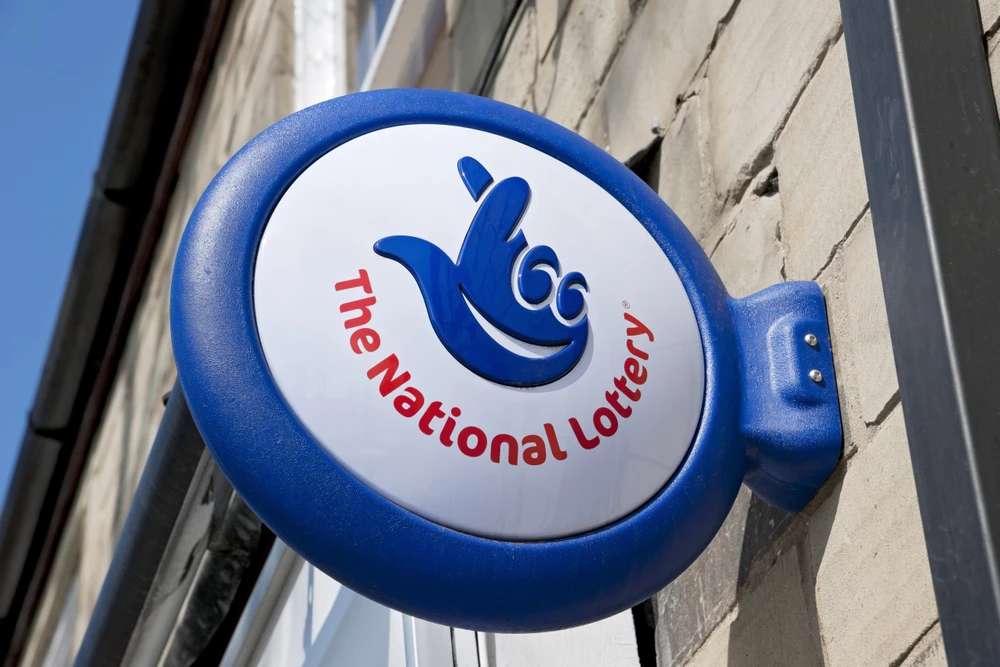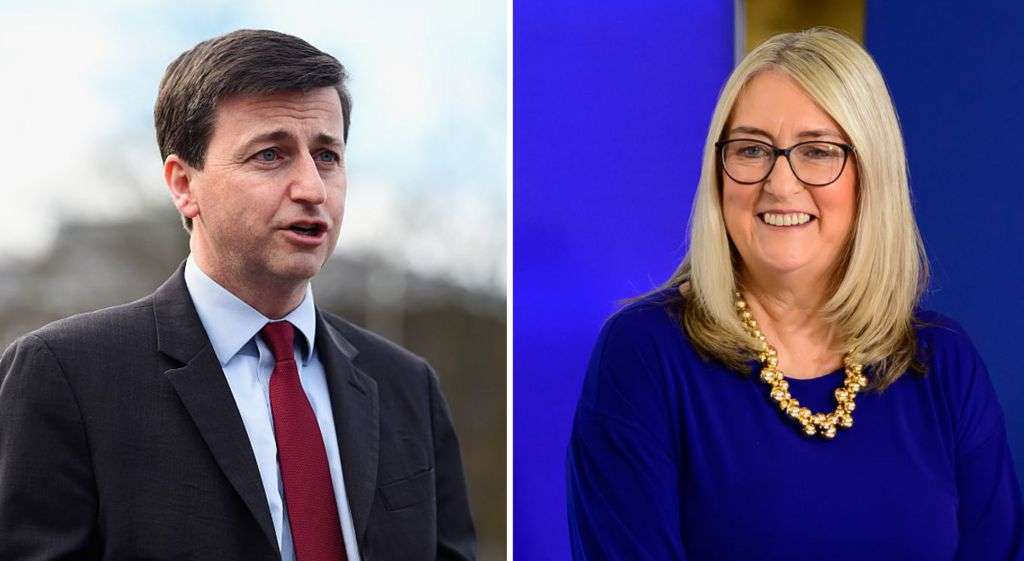Lava flows into the Icelandic town of Grindavik appeared to be slowing, authorities said Monday, after several houses were destroyed by fires.
A volcano on the Reykjanes peninsula erupted in the early hours of Sunday, spilling lava into the fishing town.
The entire population of the town was evacuated and no casualties have been reported.
Defences built after an eruption in December have partially contained the lava, but some have been breached.
The main road into the town has been cut off by the flow of lava.
The Icelandic Meteorological Office (IMO) said the barriers had been breached in some places, allowing lava to reach the town which then set houses and buildings on fire.
"Seeing your home burn down on live television is something you cannot easily handle," Unndpr Sigurthsson told the MBL news website. She said her family had left almost all their items when they were evacuated, leaving them only with clothes and essential items.
There was no indication of disruption to domestic or international flights following the eruption. The IMO's aviation colour code for the Reykjanes peninsula was orange on Monday morning, indicating an ongoing eruption with "no or minor ash emission".
Flights from nearby Keflavik Airport were operating as normal.
Addressing the nation in a live broadcast on Sunday evening, President Gudni Johannesson urged people to "stand together and have compassion for those who cannot be in their homes".
Volcanologist Evgenia Ilyinskaya told BBC Breakfast that the peninsula was likely entering a period of frequent eruptions, known as the New Reykjanes Fires.
Prof Ilyinskaya said eruptions could take place "every few months or once a year for several decades or several centuries."
The Reykjanes Fires were a series of intense volcanic activity on the peninsula in the 12th Century.
Strong earthquake tremors preceded the December eruption in the Svartsengi volcanic system. In the weeks since, walls were built around the volcano to direct molten rock away from Grindavik, home to some 4,000 people.
Prime Minister Katrin Jakobsdottir said the eruption was a "black day for all of Iceland," but added that "the sun will rise again".
"Together we will deal with this shock and whatever may come. Our thoughts and prayers are with you."
The country's alert level has been raised to "emergency" - the highest of the three-level scale which signals there could be a threat of harm to people, communities, property or the environment.
Sunday's eruption is the fifth to have taken place along the Reykjanes peninsula since 2021.
Iceland sits over what's known as the Mid-Atlantic Ridge, the boundary between the Eurasian and North American tectonic plates - two of the largest on the planet. Iceland has 33 active volcano systems.


